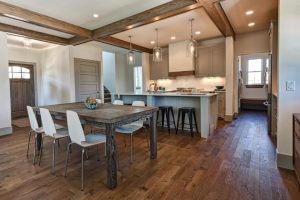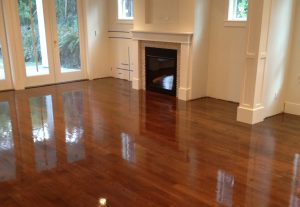
Are you improving your kitchen non-stop? It can be a painstaking and irritating process, especially if you are doing it on your own. Imagine you pull down all your cabinets, sand them down and paint. You buy all the materials you will need and set about tearing down what’s old. What can you do with space? Kitchen renovation should be planned well and executed with efficiency. It would help determine your goals, purpose in the room, and what you want to achieve. Doing a kitchen renovation well is a process that involves you pulling together a concept, demolition, planning, and new designs. However, you cannot go about kitchen renovation without a clear understanding of your project’s goals, dreams, and goals. To make sure that your goals are correctly attainable, you must define your goals. To help you achieve your aims and fulfill them, you need to determine your kitchen goals. You want to figure out what you want in your kitchen and what you could get.
Start with the vision, the purpose of your kitchen, and your goals. Once you get your ideal and idea, all you have to do next is take the time to research. Gather information for your kitchen, find out the pros and cons of various styles and designs. Start comparing and contrasting designs, materials, and products. One of the essential things in finding your ideal kitchen fit is determining your concentration on the room’s specific aspects. Take stock of what you have and decide which parts you will use and which features you can do without. Check the area and existing space of your kitchen to eliminate a wall or maybe relocate a wall.
 Also, give your kitchen a new look by working with a professional kitchen designer. Their expertise is vital in customizing your surroundings to enhance the area without making holes in the walls. Another essential aspect of kitchen renovation is the space. Please measure the size for your renovation and design it according to your preference. Ensure that you give at least a 30% allowance; this will help get a permit if necessary. Set boundary lines with your layout/plan and work around them, perhaps add or reduce some parts and furniture to give the best settings for your needs. Make the best of the space you have and maximize the efficiency of every person using your kitchen. Add or remove some parts if necessary and search for a solution to maximize distance from another aspect.
Also, give your kitchen a new look by working with a professional kitchen designer. Their expertise is vital in customizing your surroundings to enhance the area without making holes in the walls. Another essential aspect of kitchen renovation is the space. Please measure the size for your renovation and design it according to your preference. Ensure that you give at least a 30% allowance; this will help get a permit if necessary. Set boundary lines with your layout/plan and work around them, perhaps add or reduce some parts and furniture to give the best settings for your needs. Make the best of the space you have and maximize the efficiency of every person using your kitchen. Add or remove some parts if necessary and search for a solution to maximize distance from another aspect.
Kitchen renovation can be challenging if you are not confident in designing it or don’t possess the know-how to execute it. Know your way to deal with problems and obstacles that could reduce the overall project’s duration. You aim to find a solution and people who can make it happen for a faster and easier means.
Knowledge and confidence will surely save you time and money and your kitchen renovation projects’ burden. How many times have you seen some parts that were not so accessible in your old kitchen? Finding solutions for this problem is brilliant as you can create a new layout or change some framework. Kitchen renovation has many possible benefits and uses as long as you know what you want to achieve for your project in the end.
If you want to renovate your kitchen floor, you can visit Kai Hardwood Flooring for sanding and polishing. Or you can read review about them here.
